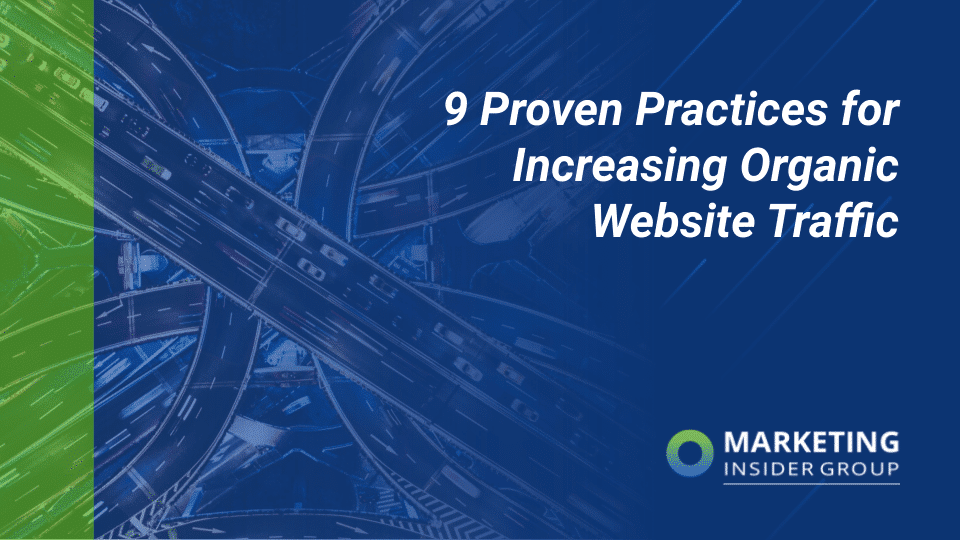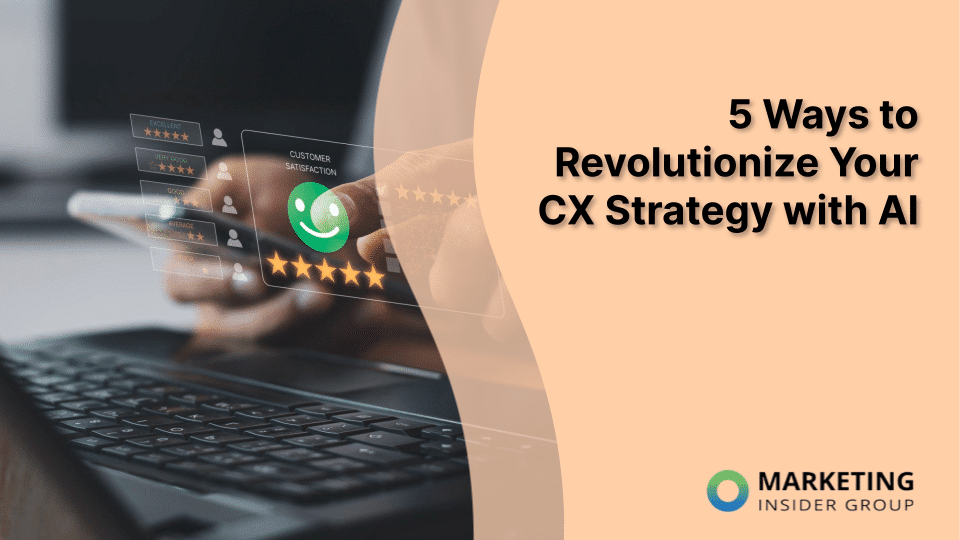
10 Proven Ways to Reduce Your Bounce Rate
Your bounce rate is a measure of how many people are clicking through to your website but then don’t stick around to explore it further – i.e., they visit only a single page of your site.
In some cases, a high bounce rate can be a good thing, such as a sales page where you’re directing traffic to a different domain, or if your website itself is constructed as a single page. However, if your website is made up of many pages of content (such as articles, product pages etc.) and you want your website visitors to see as much of it as possible, you’ll want to work on encouraging them to stay on your site for longer and reducing your bounce rate.
There’s another good reason to reduce your bounce rate – it’s an important ranking signal for Google. This means that if you have a high bounce rate your site might not be appearing as high up in the search results as you’d like.
You can see your bounce rate in your Google Analytics account under Audience > Overview. What’s a good figure to aim for? This depends on your industry, audience, and many other factors. However, anything under 50% probably means you’re doing pretty well.
But what if your bounce rate is higher? What if it’s 70, 80, or even over 90%? Don’t panic – there are several steps you can take to reduce your bounce rate; we’ll run through some of the most effective in this post.
1. Provide High-Quality, Relevant Content
You’ve probably clicked on a result in Google search that looks promising only to find a page of useless information, which sends you straight to the “back” button. This situation is highly frustrating for users, hence why Google considers bounce rate an important factor when judging the quality of your site.
To make sure you’re meeting the needs of searchers, ensure that you’re publishing great content – not just adding in keywords for the sake of it.
You can also improve the relevancy of your content by checking your stats to see the actual search terms that people are using when they find your site. If your existing content isn’t already addressing these search terms, edit it or add new content to meet their needs.
2. Improve Your Navigation

When a new user lands on your site, it should be immediately apparent how they can navigate to the information they’re looking for.
A clear and well-organized menu is normally the backbone of a good navigation system, and adding search functionality also helps users to find where they want to go quickly.
3. Ditch the Pop-Ups
Pop-ups are highly effective at boosting your conversion rate; however, they are also highly effective at annoying your visitors. This is especially true for badly designed pop-ups that cover the whole screen on mobile, or that are difficult to close.
If you don’t want to get rid of pop-ups entirely, it’s worth experimenting with some different options such as those that are activated only when a user scrolls to the bottom of a post or demonstrates “exit intent.”
4. Speed Up Your Site
If a user has to wait too long for the page to load, they’re likely to become frustrated and hit the back button. This is especially true for mobile users, over half of whom will leave if a page takes longer than 3 seconds to load.
There are usually several ways you can speed up your site by using caching plugins or a CDN, compressing images, minimizing HTTP requests, and considering switching web hosts.
5. Design for Mobile Users

It depends on the industry you’re in, but on average over half of your web visitors will be browsing your site on a mobile device. If your website is hard to read and navigate on a small screen, they’re probably going to go away and find another site that meets their needs better.
Make sure your website is responsive and tested thoroughly for mobile users so that it’s attractive and easy to use.
6. Improve Content Readability
A wall of text with little white space can be very offputting for users, who may well click away to find content that’s a little more visually appealing.
Make your content more attractive and easy to read by breaking it up into short paragraphs with plenty of sub-headings, bullet points, highlighted sections, and images. You should also use a relatively large font size to make sure your text is easy to read.
Also, consider your writing style and if writing in simpler language with a more casual style will make it more appealing and readable.
7. Use Eye-catching CTAs
What action do you want the user to take when they’ve finished reading the content on the page they land on? Make sure it’s crystal clear with an enticing CTA that will encourage users to click on it and find out more about what you have to offer.
8. Update Old Posts

If you have content that’s a few years old but still ranking well in Google, make sure it’s still useful and appealing to users by updating it regularly.
It can be very off-putting to click through to a search result and see that the information is out of date, but if you update your content periodically and add the date it was last updated to the top of your post, this shows both the user and Google that you’re on the ball.
9. Fix Broken Links
Broken links result in a poor user experience that will cause your bounce rate to go up. You can use tools like Google Search Console to monitor for broken links and errors so you can fix them promptly.
You should also implement a helpful 404 error page to help users find the information they were looking for – a search box is always a helpful addition.
10. Add More Internal Links
One of the easiest ways to keep people on your site for longer is to direct them to other information that might be helpful or interesting for them without them having to go hunting for this.
You can do this by adding contextual links to other pages in your content and listing other related content at the end of each blog post; there are plugins that can do this for you automatically.
This improves the user experience and helps to keep them on your site for longer, so keep an eye out for internal linking opportunities wherever you can.






